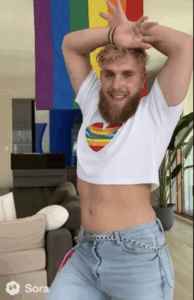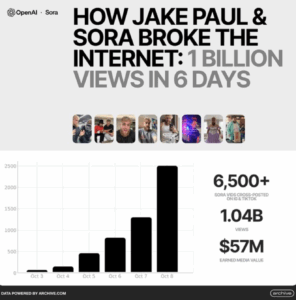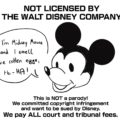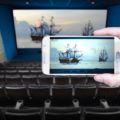
Imagine watching a video of yourself saying or doing something that never even happened. Though the similarities are completely uncanny, it is just a fabrication. This is a completely real possibility through OpenAI’s new video generation model, Sora 2. Not only is Sora 2 super realistic, physically accurate and easily controllable, but it synchronizes dialogue and sound effects in ways we have never seen before. This new model represents a huge advancement in artificial intelligence, truly displaying its power. It isn’t merely reproducing images, it is creating completely new images that cause artistic deception. Sora 2’s power destabilizes a sense of truth and ownership through the media that it created from it. Through making the unreal look real, Sora 2 turns creation into a form of manipulation.
In early October of 2025, the internet was completely flooded with thousands of AI-generated videos of YouTuber and boxer Jake Paul. In just under a week, videos of Paul collected over a billion views and $57 million in media value. Paul was depicted saying and doing things he never did. He was portrayed as coming out as gay, rushing a sorority, and even using derogatory terms in countless videos. Though Paul finds the videos amusing, his wife publicly said she is bothered by them because the content is targeted at mocking him, blurring the line between humor and humiliation. The videos spread like wildfire causing many people to believe they were real. This form of artificial intelligence gives people the ability to create, but also deceive. In this particular case, Jake Paul’s identity was rewritten in countless ways.

The AI-generated videos of Jake Paul are an example of a much larger issue than just trolling on the internet. The boundary between reality and fiction is being obfuscated by Sora 2’s technology. It grants anyone the ability to create a convincing video of public figures, regardless if they are dead or alive, which in itself hurts the validity of visual evidence. What was once a trusted source and recorder of the truth is eradicated. Sora 2 is an ally to illusion, accomplice to the theft of content and a destabilizer of authenticity. As time goes on, viewers will continue to have a harder time distinguishing between the truth and a falsified reality.
Sora 2 has the ability to replicate a human being, so it can just as easily replicate art and media. Using this software, people have been able to generate entire cartoon episodes and animations of well-known franchises. Some examples of franchises include Family Guy, Rick and Morty, and Spongebob. The main issue of these generated films and cartoons is that they technically do not violate any specific copyright law due to the fact that they are original pieces of work. This gap in law causes theft to become a type of innovation. There are absolutely no consequences to recreating these copyright worlds. Sora 2’s quality and innovation truly show a digital loophole that allows people to steal art from its original creators. The generated content serves as a legal and exploitative form of artistic piracy.

Sora 2 is not just a tool that can be used to generate funny content. It can be used in ways that commit real harm. The technology easily has the ability to fabricate videos that defame ordinary people, not just celebrities. People’s private lives can be turned into content of things that never happened. As AI continues to advance, its capacity to ruin reputations and alter identities is limitless. Also, the fact that Sora 2’s content falls into the gray area that lets people theoretically steal art from large franchises destroys creative labor. Despite these acts being legal, I believe that they fall into the category of ethical theft. The wide accessibility of a tool like Sora 2 can cause irrevocable damage. With a few sentences and the click of a button people can manipulate almost anything into a video. Sora 2 removes any sort of boundary between parody and theft, as it misuses the trust we place in media and ownership.
This new technology represents the fast advancements of modern technology and the eradication of artistic integrity. Art and deception are so intertwined in this instance that it is hard to tell them apart. Sora 2 removes any creative acts through a type of manipulation that can destroy people’s reputations, distort culture, and create false narratives. Protected through the form of originality, the danger of Sora 2 comes from the damage it causes. Reducing trust, ownership and human touch within art itself, Sora 2 gives anyone the ability to construct any truth imaginable. Sora 2 alters and steals reality through the disguise of creativity and humor.







